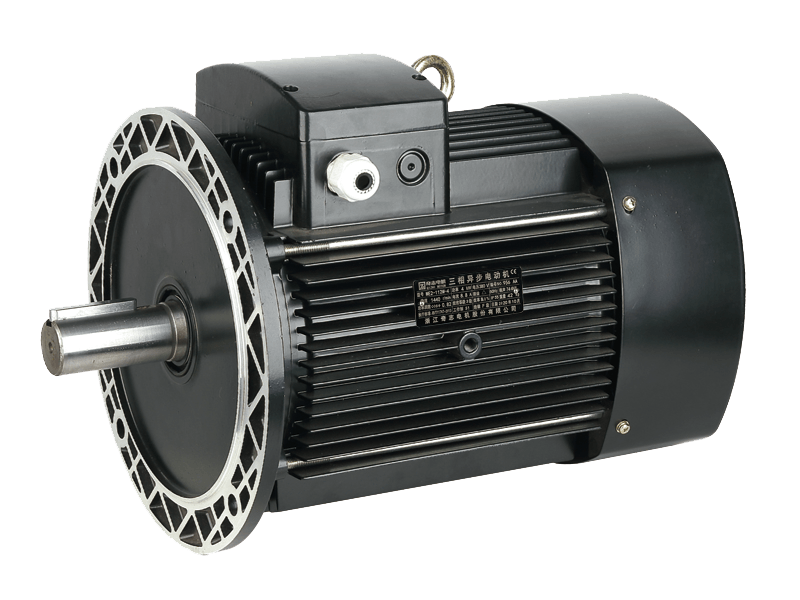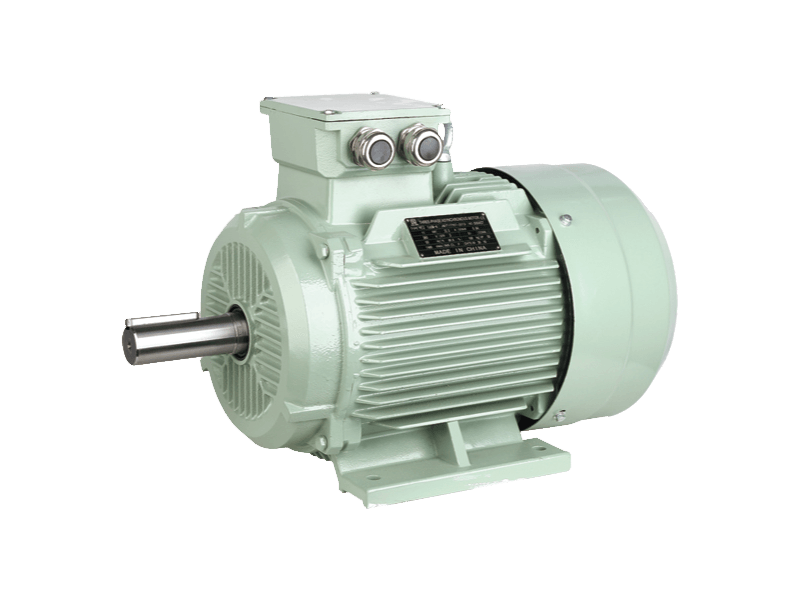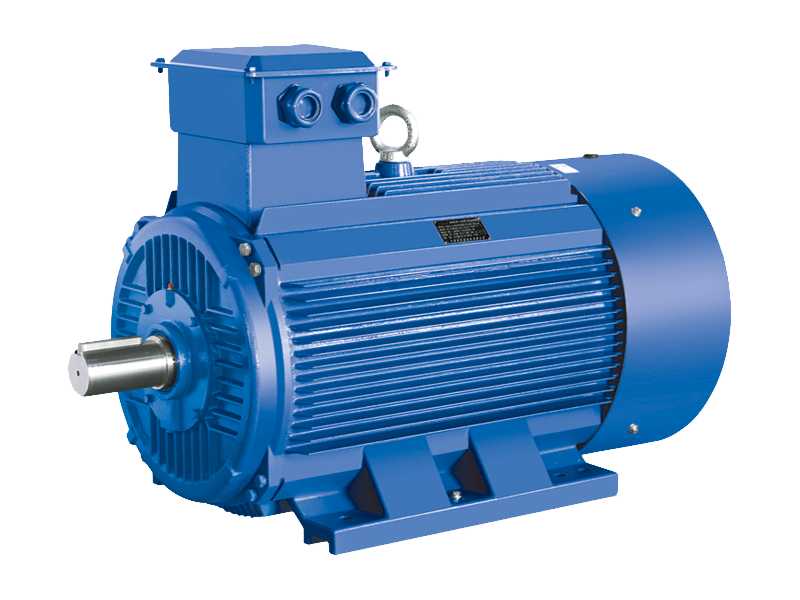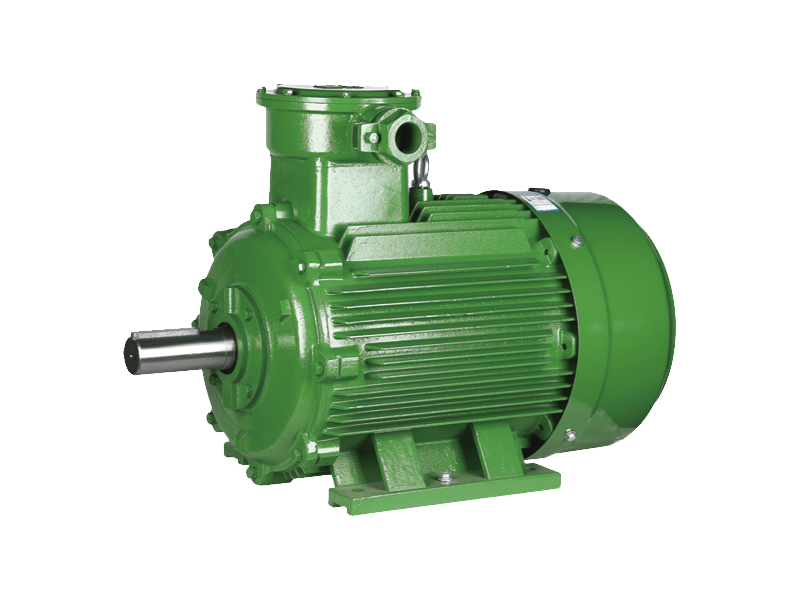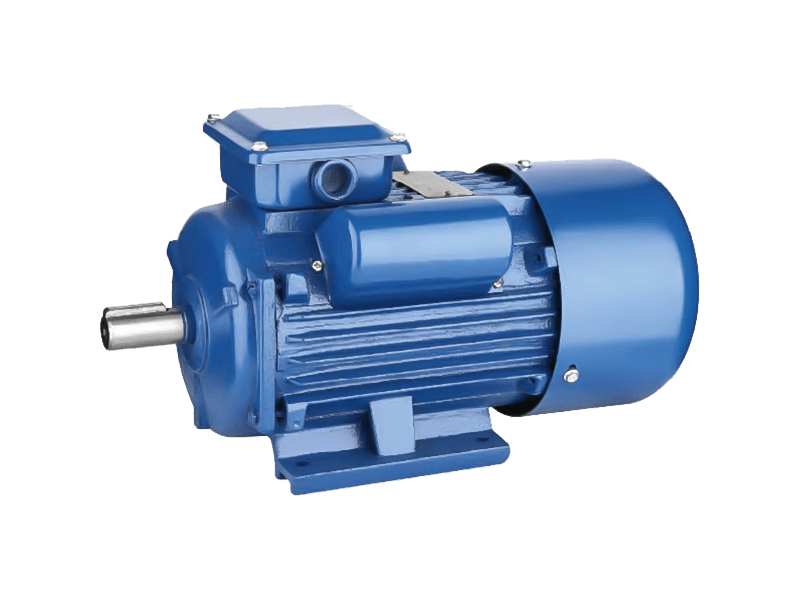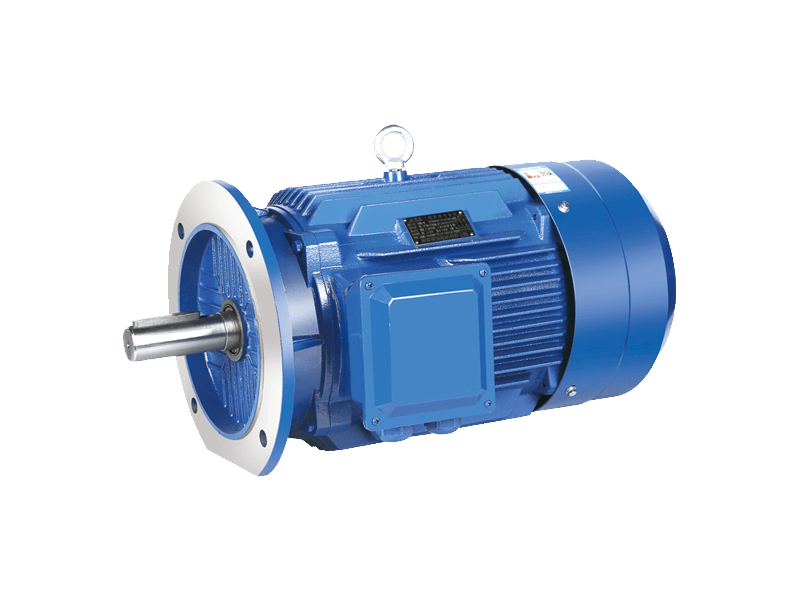Walk onto any modern factory floor and you will notice something almost eerie: the machines are humming instead of roaring. The same is true in office HVAC units, elevators, and even the pumps inside your neighbor’s swimming pool. Three-phase asynchronous AC motors—workhorses that have spun industrial civilization for over a century—have suddenly learned to keep their voices down. Consumers, facility managers, and residential buyers are asking the obvious question: why are these motors so quiet today?
The short answer is that silence has become a competitive specification. Rising urban density, stricter workplace-noise regulations, and the spread of smart-home devices have made audible motor whine intolerable. Manufacturers responded with a three-pronged strategy: better electromagnetic design, advanced materials, and tighter manufacturing tolerances.
To begin with, electromagnetic noise—the tonal “singing” produced by the interaction of rotor bars and stator slots—has been tamed through skewed rotor lamination and optimized slot geometry. Finite-element software now simulates the harmonic spectrum before a single sheet of steel is punched, allowing engineers to cancel dominant frequencies by altering the pitch of the rotor bars by as little as half a degree. In practical terms, a 15-kW motor that emitted 72 dB(A) at one meter in 2010 now measures 59 dB(A) under identical load, a reduction perceived by the human ear as roughly half as loud.
Second, materials matter. The newest stator cores use high-silicon, low-loss electrical steels just 0.20 mm thick. Thinner laminations reduce magnetostriction—the microscopic expansion and contraction of iron under alternating flux—cutting the mechanical vibrations that turn electrical energy into audible sound. Concurrently, good copper windings are now inserted by needle-winding robots that maintain tension within two percent, eliminating the loose strands that once rattled like guitar strings.
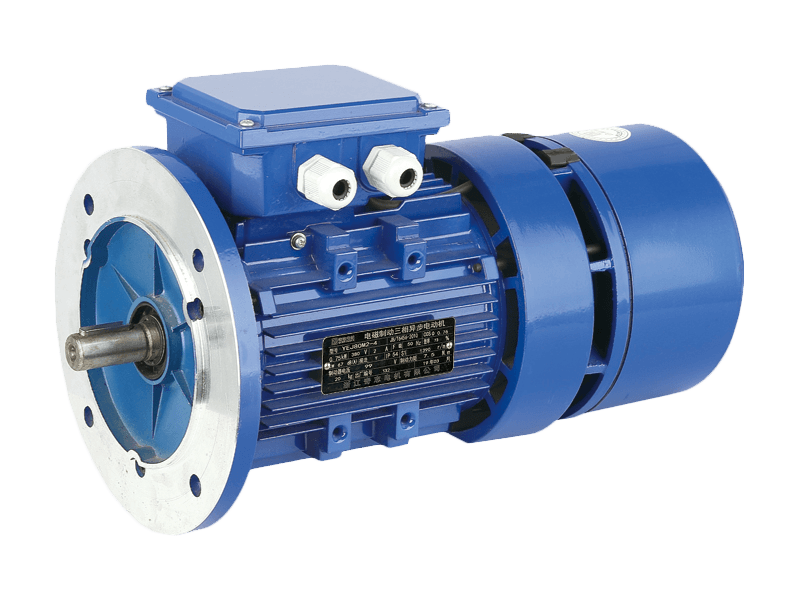
Third, manufacturing tolerances have entered the micron era. Laser-cut laminations are stacked with hydraulic presses monitored by load cells; any deviation in pressure creates hotspots that later translate into uneven thermal expansion and, Finally, noise. Balancing machines spin each rotor at 120 percent of rated speed and shave off milligrams of aluminum at exact angles, ensuring the finished rotor runs truer than a Swiss watch balance wheel.
Quiet operation is not merely a comfort feature; it is an efficiency feature. Lower vibration means less energy wasted as mechanical harmonics, which translates into cooler windings and longer insulation life. Users of today’s good three-phase asynchronous motors often report a two-to-four percent improvement in overall system efficiency and a measurable drop in bearing temperature, extending lubrication intervals by up to 30 percent.
For consumers, the benefits cascade into everyday life. Variable-speed pool pumps that once droned at 65 dB(A) can now be programmed to run overnight without waking the household. Apartment-building elevators glide almost imperceptibly between floors. Even the compressor inside a residential refrigerator can cycle on without triggering the baby monitor. Quiet has become the new normal, and the three-phase asynchronous AC motor, refined by a century of engineering, is the silence revolution.
So the next time you notice how little you notice the motors around you, remember that the hush is no accident. It is the sound of progress—engineered to be unheard.
